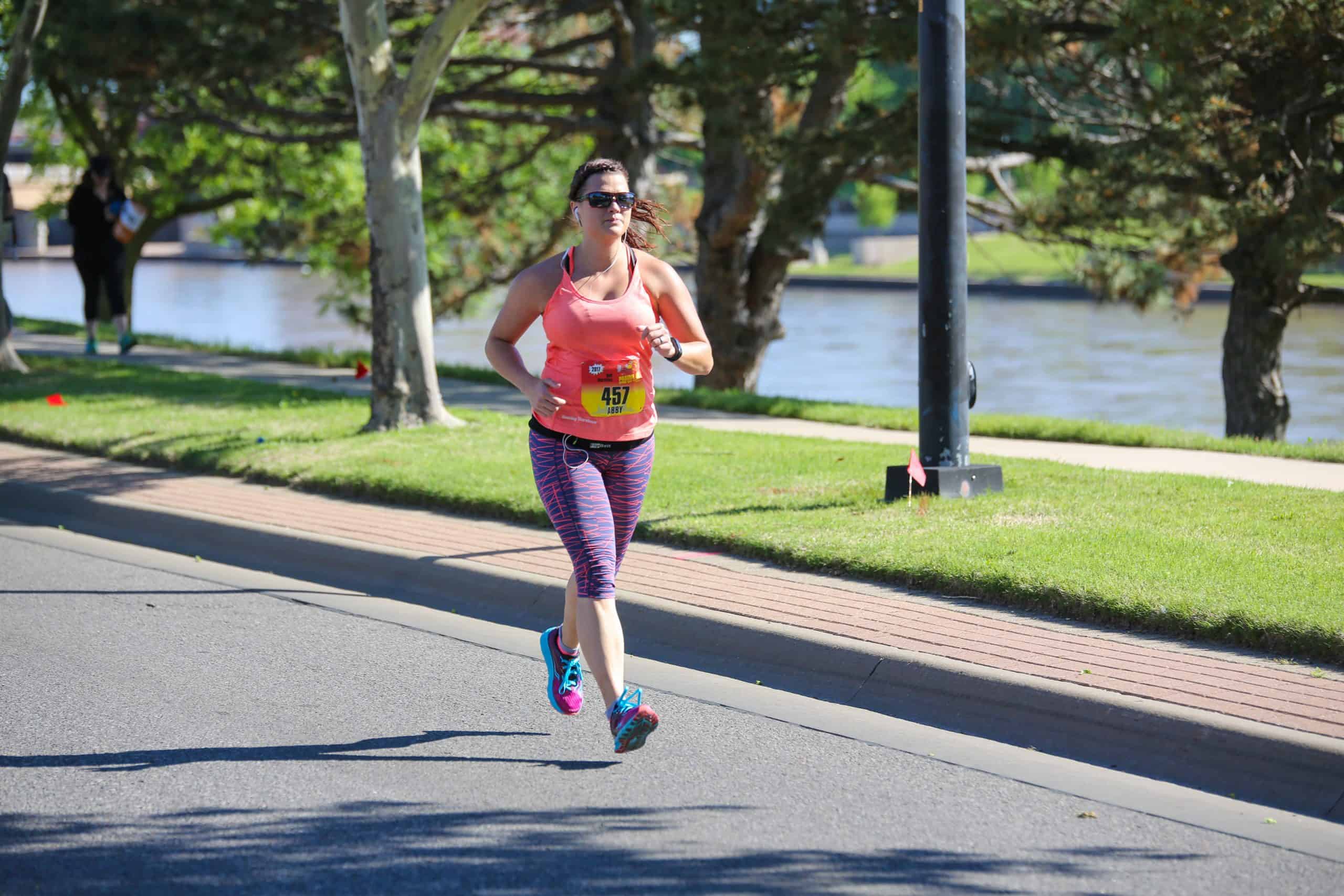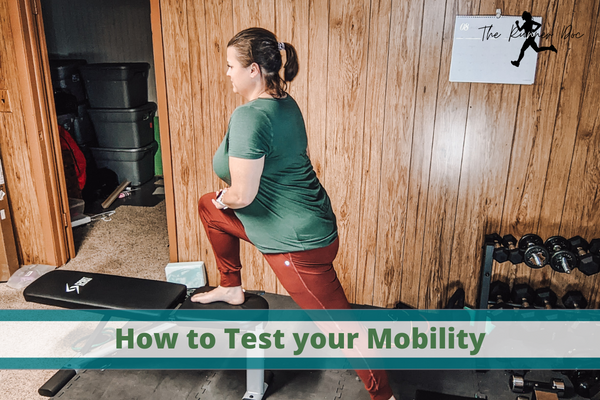How to Deadlift for Better Running and Less Pain
Deadlifting to Better Running
If you’re a runner, you know that your leg muscles need to be strong in order to keep up with the demands of your sport. But did you know that working on your deadlift can also help improve your running and help with low back pain? Here’s how…
Why deadlifting is important for runners
Deadlifting is an important part of any runner’s training regimen. Not only does it help build overall lower body strength, but it can also help to improve running efficiency. It strengthens the glutes and the core, helping runners to handle a variety of terrains and remain balanced even at higher speeds.
Additionally, deadlifting helps improve muscular endurance – important for those longer runs or races. Proper form is essential for safety and to ensure maximum effective lifting; as such, having an experienced trainer or coach on hand can be a worthwhile investment. Overall, deadlift training can offer both immediate support to protect against injury and long-term benefits to overall performance; both are invaluable perks for any runner hoping to reach their full potential.

Deadlifting Mimics Running
In addition to making you stronger, the deadlift teaches your body how to hinge forward at the hips and keep your trunk aligned with both knees and feet – much like it will when running. You’ll also notice an increase in the strength of your glutes and hamstrings which comprise part of our posterior chain; this newfound power helps you generate more force while propelling yourself after planting each foot on the ground.
Related Article: Posterior Chain for the Runner
Deadlifting can Prevent Injury
Knee pain can become a runner’s worst enemy as they increase their training intensity and race day ambitions. Even if you haven’t felt it yourself, chances are you know someone who has!
Sadly, this condition is usually caused by weak hip muscles or an imbalance of power between the quads and glutes (aka ‘quad-dominant’). This means that your quadriceps take on more than their fair share of work – leading to soreness due to poor patellar tracking.
When deadlifting is done properly, the hamstrings and glutes should be activated which forces your quads to take on a supportive role. This practice of good muscular habits will help ward off potential knee pain from occurring in the future.
Related Article: DRASTICALLY Improve Your Treadmill Running Form
Improved Running Form Endurance with Deadlifts
When done properly, deadlifts can train scapular rotation, leading to a solid upright posture while running. An upright torso is not only more efficient for optimal performance but also helps keep the airways open and clear.
As fatigue starts to set in during a long race, one of the first things to go is your form. However, by deadlifting regularly, you can help avoid this and stay upright, which will give you more endurance. Additionally, having a strong upper body – including arms and shoulders – will enable you to drive forward while using your hiking poles or pushing off your legs as you climb uphill after hill.
Related Article: Services
How to do a proper deadlift
Deadlifts are an immensely effective weightlifting exercise that targets your lower body and core but must be performed with strict technique to maximize the gains while minimizing injury risk. With superior form comes outstanding results – develop strength while staying safe!
Get ready to lift by standing with your feet hip-width apart, firmly gripping the barbell just beyond your legs using an overhand grip. Throughout this exercise make sure that you keep a proud chest and upright back posture. Keep your arms straight as you slowly press through the heels until fully standing up – lifting off the ground simultaneously!

For a successful deadlift, avoid arching or twisting your back. As you reach the top of the lift, carefully lower the bar to its original position while keeping proper form. When executed correctly, this movement can build strength and help sustain balance, stability, and good posture when lifting heavy objects.
Types of Deadlifts Runners Should be Doing
It’s important to remember that not all deadlifts are created equal; there are certain variations that benefit runners more than others. A few great options include:
1. The Romanian Deadlift – This movement requires strict form and is designed to target the glutes and hamstrings, with minimal involvement of the quads. It works by having the lifter hinge forward from the hips with a straight back, then returning to an upright position by driving through the heels.
2. The Sumo Deadlift – This variation involves spreading the legs outward while keeping a wider stance than in traditional deadlifts, allowing you to use your leg muscles more efficiently and thus be able to lift heavier weights. It also requires a more upright torso position which helps to protect the lower back from strain.

3. The Trap Bar Deadlift – This type of deadlift uses a hexagonal-shaped barbell that allows you to stand inside it, allowing for equal distribution of weight on both sides of your body and reduced stress on your spine. It’s an effective way to perform a deadlift without placing too much strain on your back, making it great for those with existing lower back issues.
4. The Single Leg Deadlift – This variation is great for strengthening the proprioceptive muscles in your legs and hips, as well as helping to improve balance. To do this movement, simply stand tall while balancing on one leg then slowly lower yourself towards the ground, making sure to keep your spine straight and core engaged.
5. The Staggered Stance Deadlift – This movement is excellent for runners as it works both sides of the body independently, helping to correct any imbalances and ensure optimal performance. To do this exercise, stand with one foot slightly back and lower yourself down with a straight spine before returning to your starting position.
Deadlift Workout for Runners
To get the most out of your deadlift training, try incorporating this simple workout routine into your weekly schedule:

If you are unsure of form or what a type of lift is there are tons of videos available on youtube to instruct you!
Final Thoughts on Deadlifting for Runners
Deadlifts are an incredibly effective exercise for runners of all levels to improve their strength, balance, and stability. When done with the correct form and within your own limits, these exercises can help you prioritize your physical health while reducing the risk of injury. Incorporating various deadlift variations into your weekly training routine will ensure that you continue to reap the benefits of this exercise. Now that you have a better understanding of how deadlifts can help you become a stronger and faster runner, it’s time to get lifting! Good luck!
AFFILIATE DISCLOSURE
As an Amazon Associate, I earn from qualifying purchases. This post may contain affiliate links. If you use these links to buy something we may earn a commission. The Site may contain links to affiliate websites, and we receive an affiliate commission for any purchases made by you on the affiliate website using such links.
All information should be used as a tool for more knowledge on the subject topic, to use as references for later articles where applicable, or just to keep it in mind during future exercise routines or activities.
This article is not meant to give medical advice or to replace professional health care. Should any ailment occur please contact your doctor or physical therapist immediately to keep yourself safe and prevent further damage.
The author is not liable for any personal or commercial damage directly or indirectly related to the content hereof. You are responsible for adhering to local laws and regulations regarding health & safety, including proper use of equipment or safety gear, and compliance with governing healthcare associations, and state, and federal regulations.
Best Deadlifts for Runners

Dr. Abby Siler, PT, DPT is a Physical Therapist with 10 years of experience in a variety of settings. She has spent the majority of her time treating athletes in orthopedic clinics and worker’s compensation cases. She is a runner herself for the past 15 years and a lifelong athlete. Dr. Abby loves to teach runners how to stay injury free and out of her clinic.







